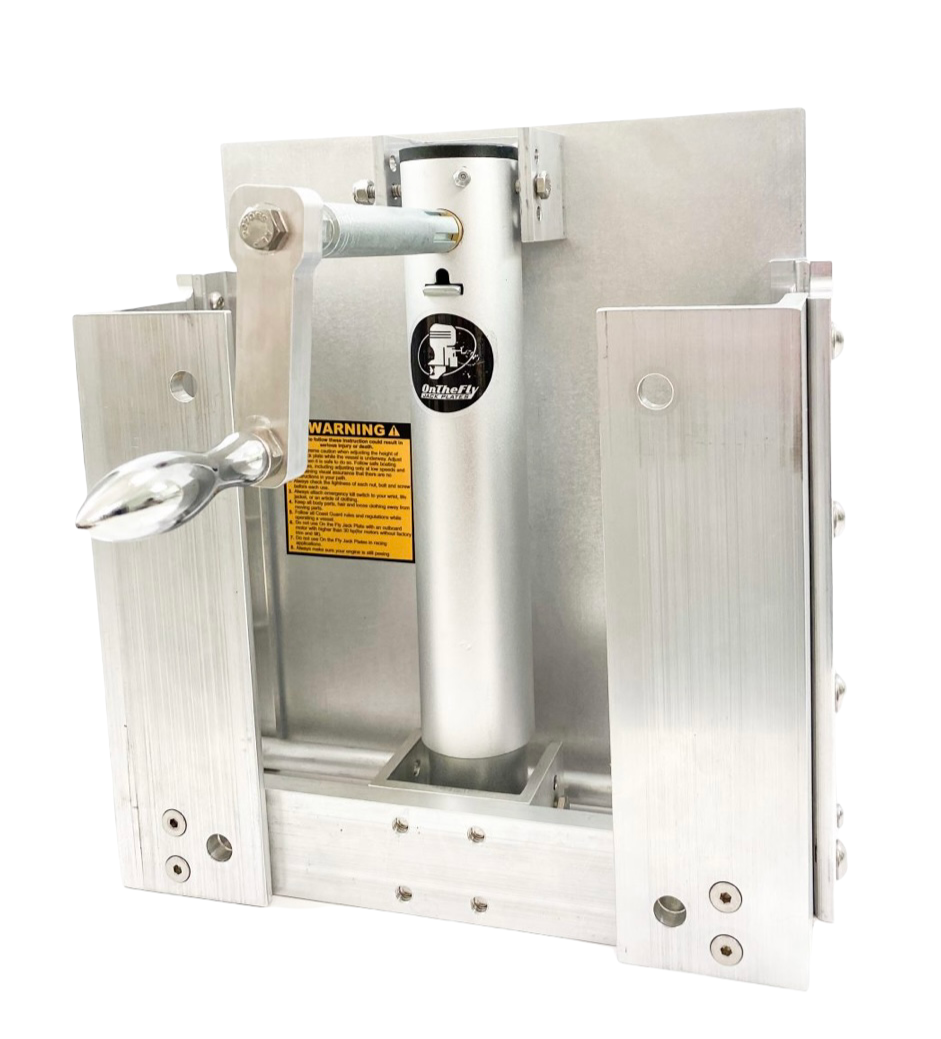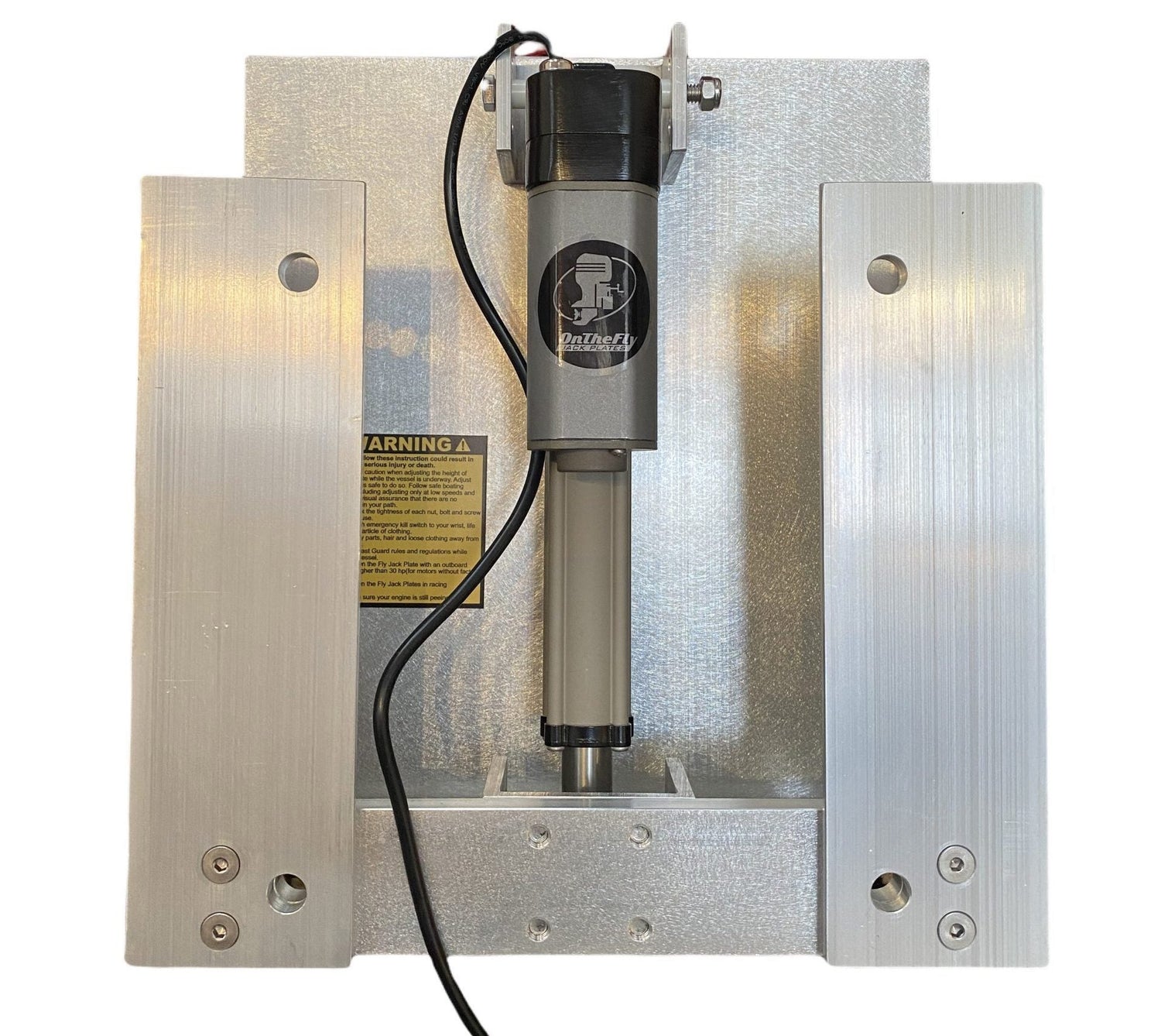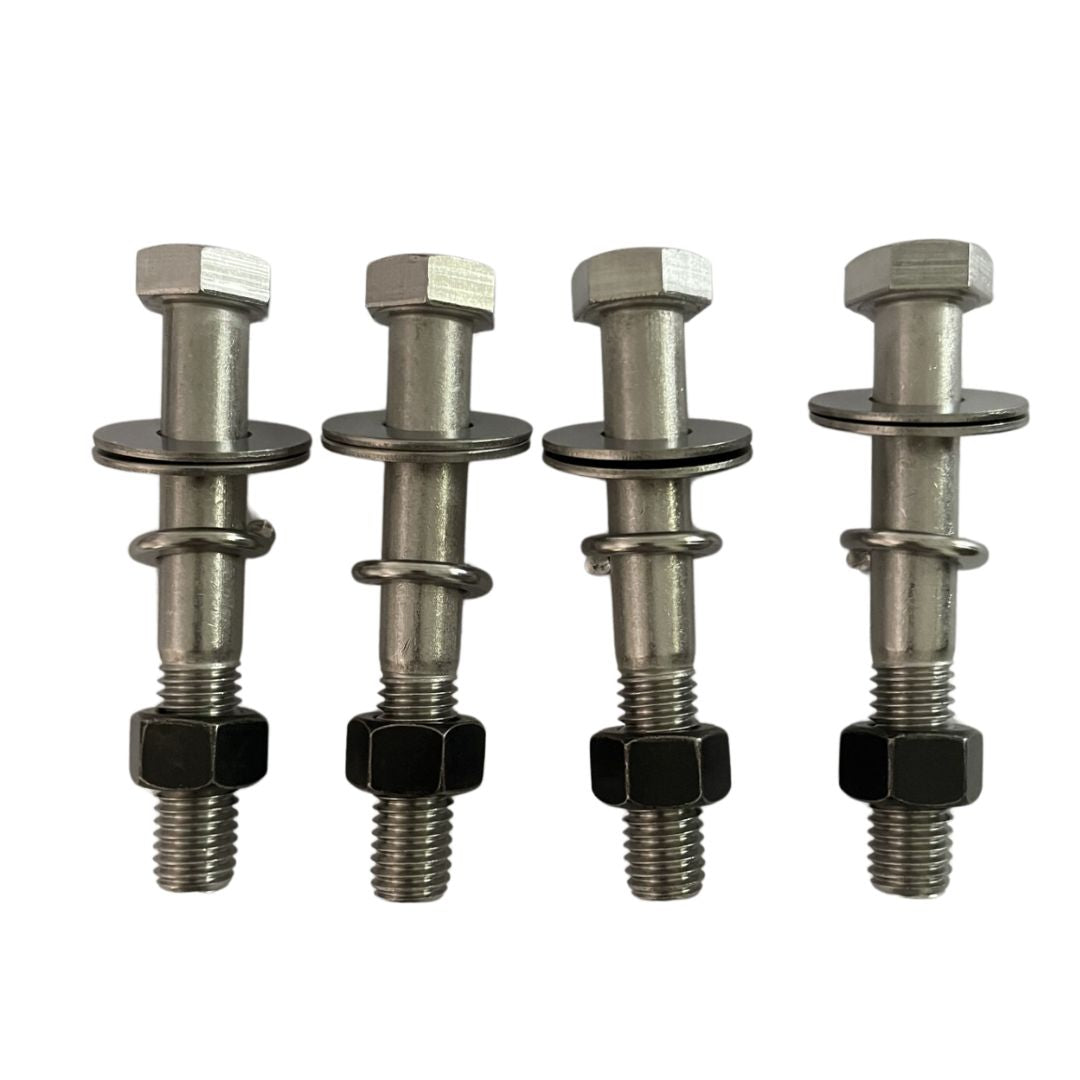
Troubleshooting Guide
Share
Installing a jack plate is just one part of the equation when it comes to optimizing your boat’s performance. I often hear common questions about the installation process, so I’ve put together some tips to help you troubleshoot, fine-tune your setup, and resolve any issues that may come up. Whether you’re aiming for better speed, improved handling, or enhanced shallow-water capabilities, these jack plate tips will help you get the most out of your setup.
1. Jack Plate Mounting Best Practices
Proper mounting is the key for jack plate performance. If it’s installed incorrectly, you’ll likely experience handling issues, poor hole shots, or cavitation. Here’s how to do it right:
a) Ensure Correct Height and Alignment
- Height Matters: When mounting the jack plate, the general rule of thumb is that the cavitation plate should be even with the bottom of the boats transom (the running surface) in its neutral position. This starting point ensures you have enough clearance for shallow-water running while maintaining water pressure for cooling.
- Alignment: Make sure the jack plate is perfectly aligned with the transom. Even a slight misalignment can cause uneven steering, porpoising, or reduced lift. Use a straight edge or a laser level to verify.
- Smooth Adjustments: To ensure a proper installation, it is essential to follow the instructions carefully, step by step. Check out our installation video here. When drilling, always remove the motor slide plate from the jack plate housing before drilling each hole. After drilling, reinsert the motor slide plate into the housing before continuing to the next step. This process is crucial for preventing any side-to-side play and ensuring proper alignment.
b) Use High-Quality Marine Sealant
- Apply a waterproof marine-grade sealant (such as 3M 4200 or 5200) around the mounting holes to prevent water intrusion. Leaks can weaken the transom over time, affecting the jack plate’s stability.
c) Check the Electrical Wiring (for electric jack plates only)
- If you’re using an electric jack plate, ensure that you mount all the wiring components in a dry area of the boat. This will help the life span of all the wires by not sitting in the elements causing corrosion.
2. Troubleshooting Common Jack Plate Issues
If your jack plate is not performing as expected, consider these common issues and solutions:
a) Cavitation or Prop Slippage
- The problem: When the jack plate is raised too high, the prop can ventilate, causing cavitation or slippage.
-
Solution:
- Lower the jack plate slightly and test the performance.
- If cavitation continues, consider using a cupped propeller, which enhances bite and reduces ventilation.
b) Poor Hole Shot or Slow Planing
- The problem: If your boat struggles to get on plane, your jack plate may be too high or your prop may be inefficient.
-
Solution:
- Lower the jack plate slightly before throttling up.
- Swap to a cupped or four-blade prop for better lift and faster planing.
c) Water Pressure Drop
- The problem: Raising the jack plate reduces the lower unit’s submersion, which can result in low water pressure and overheating.
-
Solution:
-
Install a low water pickup. This modification helps maintain water flow to the cooling system, even with the jack plate raised. For a simple and effective option, we recommend shallow water scoops by TR Machining.
-
Install a low water pickup. This modification helps maintain water flow to the cooling system, even with the jack plate raised. For a simple and effective option, we recommend shallow water scoops by TR Machining.
3. Optimizing Your Setup: Using a Cupped Prop
a) The Benefits of a Cupped Prop
Using a cupped propeller can significantly improve your jack plate’s performance. Here’s why:
- Reduced Cavitation: The cup adds extra grip in the water, preventing prop slip as you raise the jack plate.
- Improved Hole Shot: Cupped props generate more lift, helping your boat get on plane faster.
- Enhanced Speed and Efficiency: The added surface area increases efficiency, especially in shallow waters.
Tip: Stainless steel props with a moderate to aggressive cup are ideal for jack plate setups, offering durability and enhanced performance. But for those running in areas with a lot of down trees, stumps, rocks, or other submerged objects, we recommend adding cupping to your aluminum prop.
4. Pro Tips for Peak Jack Plate Performance
- Gradual Adjustments: When testing your jack plate, make small adjustments (¼ inch at a time) and test the boat’s performance at different speeds.
- Monitor Water Pressure: Always watch your water pressure gauge when raising the jack plate. A sudden drop indicates you’ve raised it too high.
- Trim and Jack Plate Coordination: Adjusting the trim and jack plate in unison improves performance. Raise the jack plate first, then fine-tune the trim for maximum speed and efficiency.
- Routine Maintenance: Inspect the lines, mounting bolts, and water pickup system regularly to catch potential issues early.
Final Thoughts
A properly mounted and optimized jack plate can transform your boat’s performance, giving you better speed, handling, and access to shallower waters. By following these troubleshooting tips and best practices—such as using a cupped prop and a lower water pickup—you’ll ensure your jack plate works at its best, offering you smoother, faster, and more efficient rides.
Got any jack plate questions, feel free to reach out!



